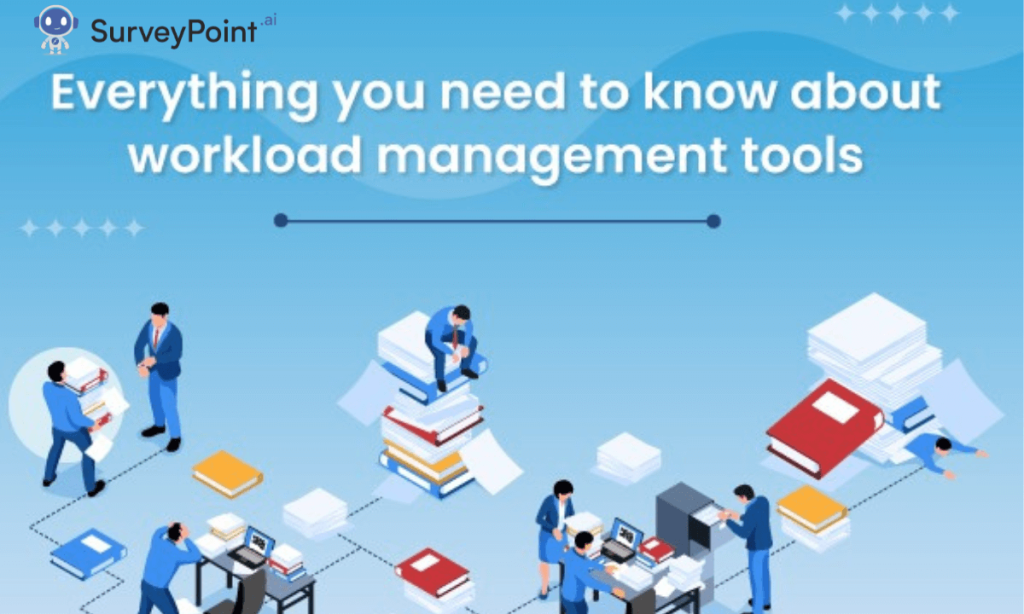
Employee engagement is a critical factor that determines the success of any organization. Engaged employees are not just productive; they are also more loyal, innovative, and committed to their company’s goals. In this comprehensive guide, we’ll delve into what employee engagement is, why it is important, and provide ten powerful steps to improve it within your organization.
What Is Employee Engagement?
Employee engagement refers to the emotional commitment employees have towards their organization and its goals. It goes beyond mere job satisfaction or happiness at work. Engaged employees are passionate about their jobs, exhibit high levels of discretionary effort, and are deeply involved in their work.
Key indicators of employee engagement include:
- Job satisfaction: Contentment with job roles and responsibilities.
- Organizational commitment: Loyalty towards the organization and its objectives.
- Discretionary effort: Willingness to go above and beyond in their roles.
- Employee advocacy: Positive promotion of the company to others.
Engaged employees are those who are fully absorbed by and enthusiastic about their work, thus taking positive action to further the organization’s reputation and interests.
Why Is Employee Engagement Important?
The significance of employee engagement cannot be overstated. Here are some compelling reasons why it is crucial:
1. Increased Productivity: Engaged employees are more productive because they are motivated and committed to their work. They tend to be more efficient and produce higher-quality work.
2. Higher Retention Rates: Engaged employees are less likely to leave their jobs, reducing turnover rates and associated costs. This stability is crucial for maintaining continuity and reducing recruitment expenses.
3. Enhanced Company Culture: Engagement fosters a positive work environment, improving overall company culture. Engaged employees are often more collaborative and supportive, contributing to a harmonious workplace.
4. Improved Employee Well-being: Engaged employees are generally happier and healthier, leading to lower absenteeism and healthcare costs. They experience less stress and burnout, which enhances their overall well-being.
5. Financial Performance: Companies with high employee engagement often experience better financial performance due to increased productivity and lower turnover costs. Engaged employees are also more likely to contribute to innovative solutions that drive business growth.
10 Powerful Steps To Improve Employee Engagement
1. Foster Open Communication
Open communication is the cornerstone of a healthy workplace. When employees feel heard and understood, their engagement levels rise. Here’s how to foster open communication:
- Encourage Feedback: Create opportunities for employees to provide feedback through regular meetings, surveys, and an open-door policy. Act on the feedback to show employees that their opinions matter.
- Use Communication Tools: Utilize tools like Slack, Microsoft Teams, or anonymous feedback platforms to facilitate communication. These tools can help bridge communication gaps and ensure everyone is heard.
- Transparent Leadership: Leaders should communicate openly about company goals, challenges, and achievements. Transparency builds trust and fosters a sense of belonging among employees.
2. Recognize and Reward Employees
Recognition and rewards are powerful motivators. Acknowledging employees’ hard work and achievements can significantly boost morale and engagement.
- Recognition Programs: Implement programs like Employee of the Month or peer-to-peer recognition platforms. These programs can highlight individual and team accomplishments.
- Types of Rewards: Consider various types of rewards, such as bonuses, public recognition, or simple thank-you notes. Tailor rewards to what your employees value most.
- Celebrate Milestones: Celebrate both small and large achievements. Whether it’s a project completion or a work anniversary, recognizing these moments reinforces positive behavior and encourages continued effort.
3. Provide Opportunities for Professional Development
Investing in employees’ professional growth shows that the company values their career progression.
- Training Programs: Offer training programs, workshops, and courses that help employees enhance their skills and knowledge. This investment not only improves performance but also demonstrates a commitment to their development.
- Mentorship Programs: Implement mentorship programs where experienced employees guide newer ones. This can foster a supportive learning environment and accelerate career growth.
- Career Pathing: Provide clear career paths and opportunities for advancement. Employees who see potential for growth within the company are more likely to stay engaged.
4. Create a Positive Work Environment
A positive work environment is one where employees feel comfortable, respected, and valued.
- Physical Workspace: Ensure that the workplace is safe, comfortable, and conducive to productivity. This includes ergonomic furniture, adequate lighting, and necessary resources.
- Company Culture: Promote a culture of respect, inclusivity, and support. Encourage positive interactions, teamwork, and mutual respect among employees.
- Leadership Role: Leadership plays a crucial role in setting the tone for a positive environment. Leaders should model positive behavior, provide support, and recognize employees’ efforts.
5. Encourage Work-Life Balance
Work-life balance is essential for employee well-being.
- Flexible Policies: Implement policies that promote flexible working hours, remote work options, and adequate leave policies. This flexibility helps employees manage their personal and professional lives better.
- Encourage Breaks: Encourage employees to take breaks and vacations. Regular breaks can prevent burnout and improve overall productivity.
- Supportive Environment: Create an environment where employees feel comfortable discussing their needs for work-life balance. Offer resources and support to help them achieve it.
6. Empower Employees with Autonomy
Giving employees autonomy over their work can significantly enhance engagement.
- Delegate Effectively: Empower employees to make decisions, take ownership of their projects, and solve problems independently. Trust them to manage their tasks and provide the necessary support.
- Encourage Innovation: Create a culture where employees feel comfortable proposing new ideas and taking initiative. Recognize and reward innovative solutions.
- Provide Resources: Ensure employees have the resources and authority they need to execute their responsibilities. This empowerment fosters a sense of responsibility and pride in their work.
7. Foster Team Collaboration
Collaboration is essential for a cohesive and productive workplace.
- Collaborative Projects: Encourage teamwork through collaborative projects and initiatives. Foster a spirit of cooperation and mutual support.
- Team-building Activities: Organize team-building activities that help employees build strong relationships and improve communication. These activities can range from workshops to social events.
- Collaboration Tools: Use collaboration tools like Asana, Trello, or Google Workspace to streamline teamwork. These tools facilitate communication, task management, and project tracking.
8. Ensure Employees Feel Valued and Respected
Feeling valued and respected is fundamental to employee engagement.
- Show Appreciation: Show appreciation for employees’ contributions through recognition, fair compensation, and inclusive practices. Regularly express gratitude for their hard work.
- Inclusive Workplace: Foster a diverse and inclusive workplace where everyone feels respected and valued regardless of their background or position. Promote equality and inclusivity in all company practices.
- Respectful Communication: Encourage respectful communication at all levels of the organization. Address any issues of disrespect or discrimination promptly and effectively.
9. Provide Regular Feedback
Regular and constructive feedback helps employees understand their strengths and areas for improvement.
- Continuous Feedback Loop: Implement a continuous feedback loop through regular check-ins, performance reviews, and one-on-one meetings. Provide timely and specific feedback to guide performance.
- Balanced Feedback: Use tools like 360-degree feedback systems to gather comprehensive insights and provide balanced feedback. Ensure feedback is constructive and focused on development.
- Actionable Feedback: Provide actionable feedback that employees can use to improve their performance. Offer support and resources to help them achieve their goals.
10. Promote Health and Wellness
A healthy employee is an engaged employee.
- Wellness Programs: Promote health and wellness through programs that encourage physical activity, mental health support, and healthy lifestyle choices. Offer resources such as gym memberships, mindfulness sessions, and wellness workshops.
- Support Mental Health: Provide support for mental health through employee assistance programs, counseling services, and mental health days. Create a stigma-free environment where employees feel comfortable seeking help.
- Encourage Healthy Habits: Encourage healthy habits by providing healthy snacks, organizing fitness challenges, and promoting regular exercise. A focus on wellness not only improves engagement but also reduces absenteeism and healthcare costs.
Conclusion
Improving employee engagement is a multifaceted approach that requires commitment and consistency. By fostering open communication, recognizing and rewarding employees, providing development opportunities, creating a positive work environment, encouraging work-life balance, empowering employees, fostering collaboration, ensuring respect, providing regular feedback, and promoting health and wellness, organizations can significantly boost employee engagement. Implement these strategies to create a more engaged, productive, and loyal workforce, ultimately driving your company’s success.
Employee engagement is not a one-time effort but an ongoing process. Continuously evaluate and refine your strategies to adapt to the evolving needs of your workforce. A highly engaged workforce is a key driver of organizational success, and investing in employee engagement is an investment in the future of your company.




